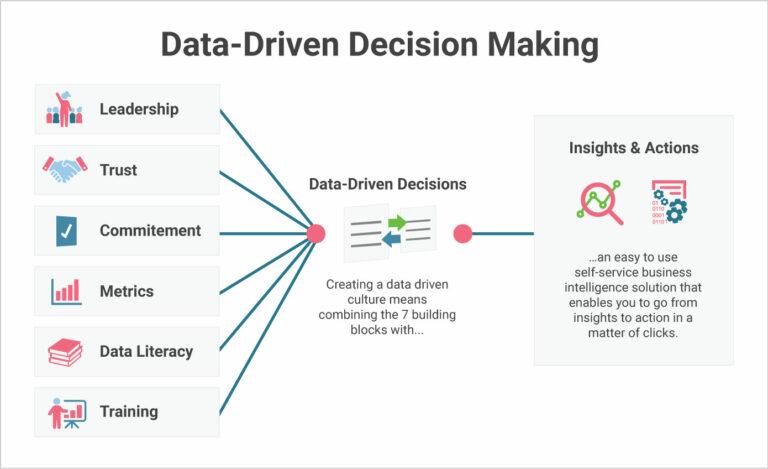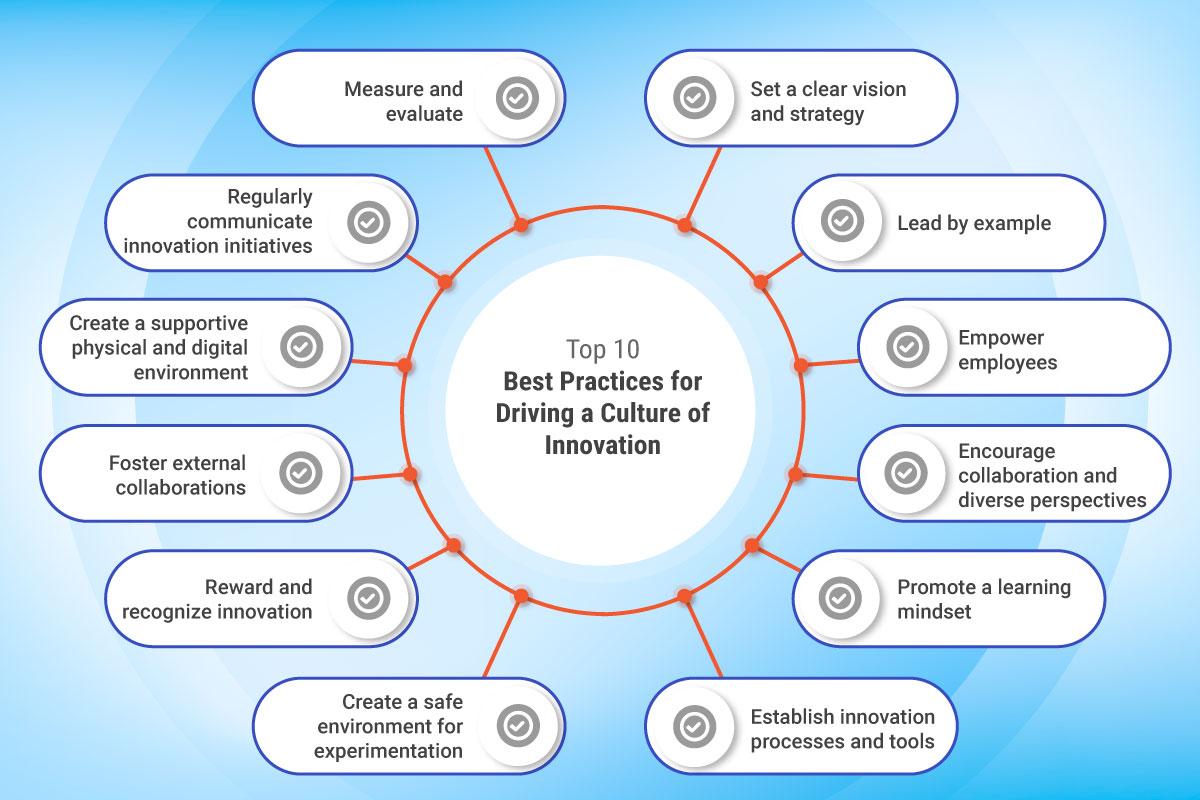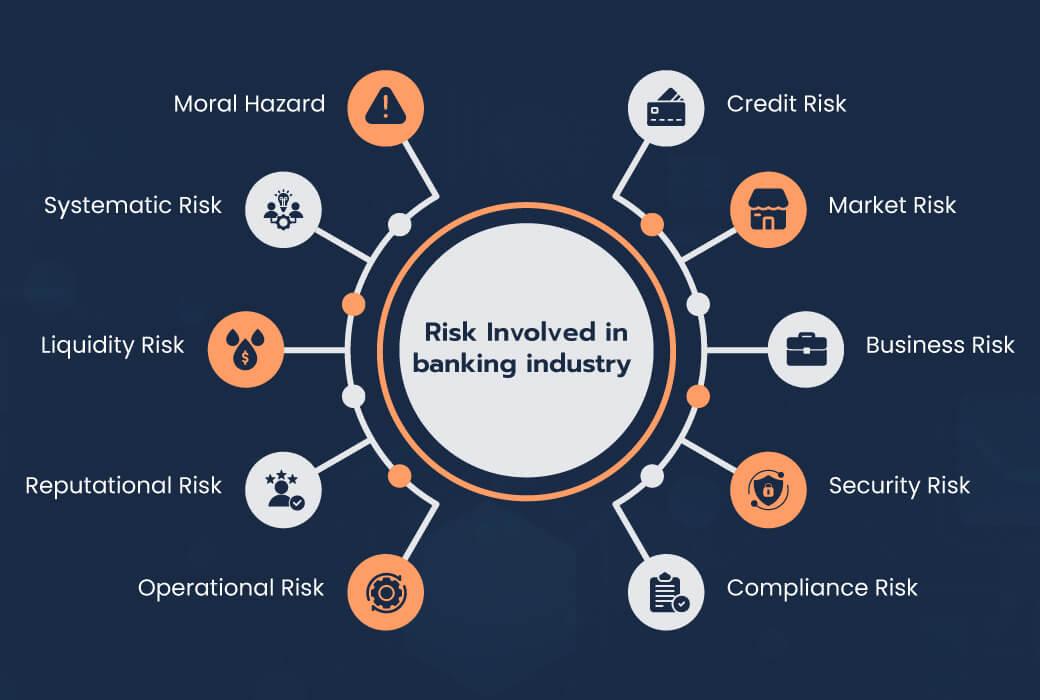In the rapidly evolving landscape of finance, the integration of technology has become a pivotal driver of competitive advantage. As banks grapple with the demands of an increasingly digital world, generative artificial intelligence emerges as a transformative force, promising to reshape operations, enhance customer experiences, and unlock new avenues for growth. This article delves into the essential success factors that financial institutions must harness to effectively navigate this uncharted territory. By exploring the intersection of innovation and strategy, we aim to illuminate the path for banks seeking to leverage generative AI not merely as a tool, but as a catalyst for sustainable development in an era defined by relentless change. Join us as we uncover the five critical elements that can propel banks toward a future where possibilities are limited only by imagination.
Harnessing Data for Intelligent Decision Making
In the rapidly evolving landscape of banking, the ability to leverage data effectively has become paramount. Data serves as the backbone of intelligent decision-making, enabling financial institutions to sustain growth and enhance operational efficiency. Banks are now harnessing advanced analytics to sift through vast amounts of information, identifying trends and insights that were previously obscured. By integrating tools such as machine learning algorithms and predictive modeling, institutions can not only react to market changes but also anticipate customer needs, tailoring products and services to foster stronger client relationships.
To further amplify the value derived from their data assets, banks must adopt a strategic framework that prioritizes data governance and quality. Elements that contribute to a robust strategy include:
- Data Integration: Combining disparate data sources for a holistic view.
- Real-time Analytics: Utilizing real-time data to make informed decisions swiftly.
- Security Protocols: Ensuring robust security measures are in place to protect sensitive information.
- Skilled Workforce: Investing in talent capable of interpreting data insights effectively.
Implementing these factors not only drives informed decision-making but also positions banks to remain competitive in a market ripe for disruption. A recent analysis revealed that organizations with comprehensive data strategies tend to achieve higher customer satisfaction and operational agility. The table below highlights key performance indicators (KPIs) for banks that successfully integrate generative AI into their data-driven decision-making processes:
| Performance Indicator | Impact Level | Example |
|---|---|---|
| Customer Retention Rate | High | Increased through personalized services |
| Operational Cost Reduction | Medium | Streamlined processes via automation |
| Data Accuracy Rate | High | Enhanced through comprehensive data governance |
| Market Responsiveness | High | Quick adaptations to trending customer demands |

Cultivating a Culture of Innovation and Agility
Fostering a spirit of innovation within banking institutions is crucial for adapting to the rapidly evolving landscape shaped by generative AI. Embracing cross-functional teams that bring together talents from diverse backgrounds, including data scientists, software developers, and customer service representatives, can spark groundbreaking ideas. These groups should operate in collaborative environments where brainstorming is encouraged, making it easier to share insights and identify emerging opportunities. More importantly, creating channels for rapid feedback loops allows teams to iterate on ideas quickly, ensuring that innovative concepts resonate with customer needs and preferences.
Furthermore, embedding agility into the organizational structure enhances responsiveness to industry changes. Institutions should prioritize ongoing training and skill development to equip employees with the latest AI proficiencies and foster a mindset geared towards experimentation. Establishing innovation labs—dedicated spaces where ideas can be piloted and tested—will enable banks to explore new technologies without the constraints of traditional pathways. By implementing supportive resources and leveraging corporate partnerships, banks can scale successful innovations efficiently while potentially minimizing risk and maximizing impact in the generative AI realm.

Building Trust through Transparency and Ethics
In today’s digital landscape, where banks are leveraging generative AI to transform their services, building trust through transparent practices and ethical considerations is paramount. Customers increasingly seek institutions that not only prioritize their data security but also communicate openly about how their information is utilized. Proactive communication fosters a sense of reliability and can significantly enhance customer relationships. To achieve this, banks can adopt strategies such as:
- Clear Data Usage Policies: Clearly outline how customer data is collected, processed, and protected.
- Regular Ethical Audits: Conduct audits of AI algorithms to ensure decisions made are fair and bias-free.
- Customer Involvement: Engage customers in discussions about their preferences and concerns regarding AI applications.
Moreover, ethical frameworks should be integrated into the development and deployment of AI technologies. This requires a commitment to accountability and the establishment of guidelines that reflect the organization’s values. To illustrate the importance of this, consider the following table that highlights key elements of an ethical AI approach:
| Element | Description |
|---|---|
| Transparency | Openly share information about AI processes and data usage. |
| Fairness | Ensure that AI decisions do not perpetuate bias. |
| Privacy | Respect customer confidentiality and protect sensitive information. |
| Accountability | Be answerable for AI outcomes and their impacts on customers. |

Enhancing Customer Engagement with Personalized Solutions
In the age of digital transformation, banks must embrace technology to offer tailored experiences that resonate with individual customer preferences. Utilizing generative AI, financial institutions can analyze vast amounts of customer data to predict behavior and personalize solutions accordingly. This approach allows banks to provide targeted product recommendations and customized services, thereby enhancing customer satisfaction and loyalty. By tapping into insights derived from customer interactions, banks can nurture relationships through proactive outreach, addressing customer needs before they arise.
Personalization in banking can manifest in various creative ways, such as personalized banking apps offering bespoke financial advice or chatbots that engage users with tailored support. Banks can also implement dynamic pricing models based on individual risk assessments, ensuring that each customer receives the most relevant rates and services. To visualize the impact, consider the following table showing potential engagement strategies:
| Strategy | Description | Impact |
|---|---|---|
| Customized Alerts | Real-time notifications based on spending habits. | Increased customer engagement |
| Personalized Offers | Exclusive deals tailored to customer profiles. | Enhanced brand loyalty |
| Adaptive Learning | AI-driven adjustments to service based on feedback. | Improved customer satisfaction |
Future Outlook
As we reach the conclusion of this exploration into the transformative potential of generative AI for banks, it is clear that the future of finance is not just about algorithms and data, but about unlocking innovative pathways for growth. The five success factors we’ve discussed – a robust infrastructure, agile talent acquisition, ethical governance, customer-centric design, and strategic partnerships – form a holistic framework that can empower banks to thrive in an increasingly competitive landscape.
Embracing these elements will enable financial institutions to harness the unique capabilities of generative AI, driving efficiency and enhancing customer experiences while maintaining trust and integrity. As the financial sector continues to evolve under the influence of rapid technological advancements, the institutions that navigate this change with foresight and adaptability will not only survive but flourish.
In this age of digital transformation, the key to unlocking growth lies not just in technology itself, but in the vision and values that guide its implementation. The journey has just begun—will your bank seize the opportunity to redefine its future? The choice is yours.
